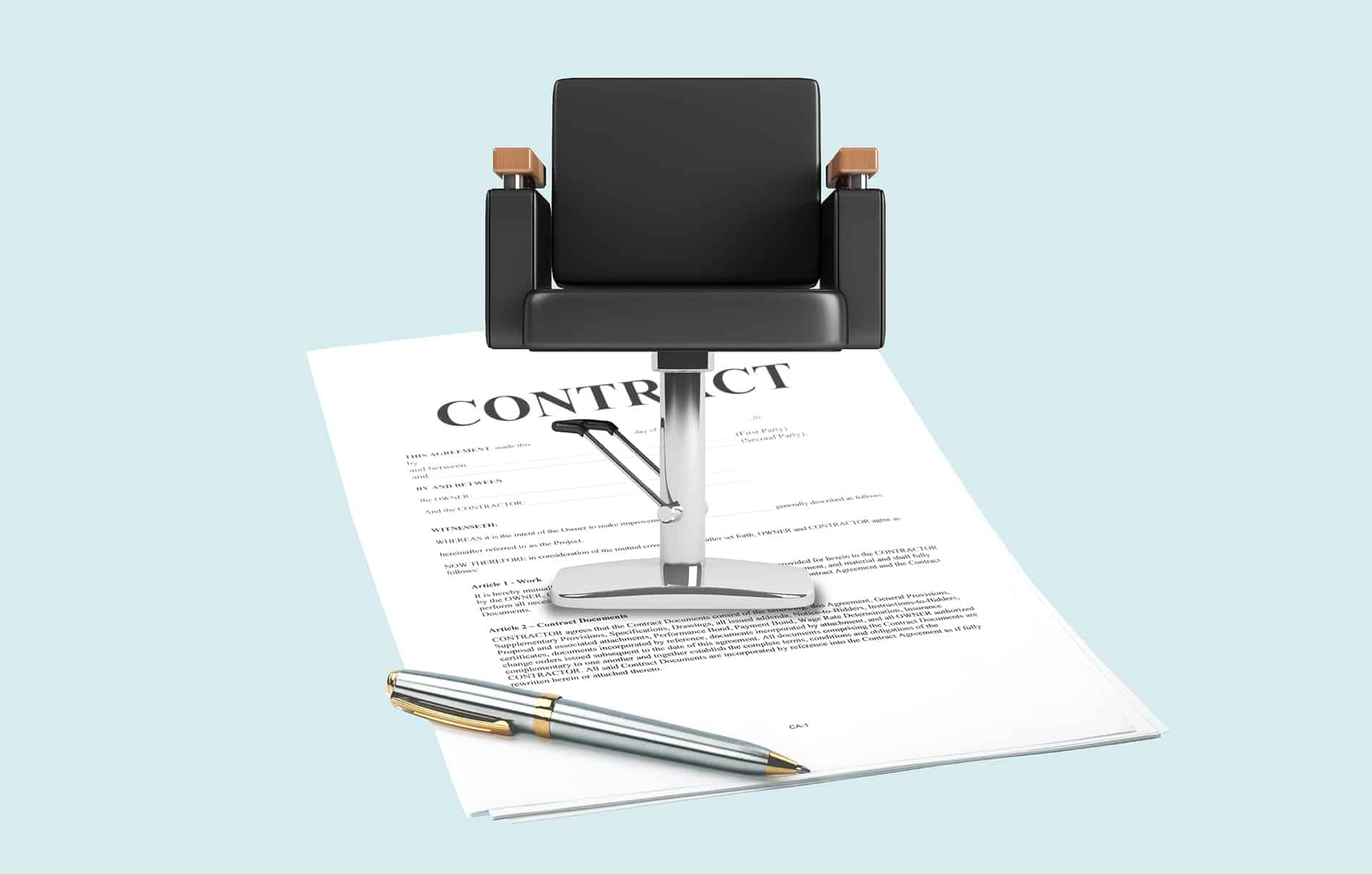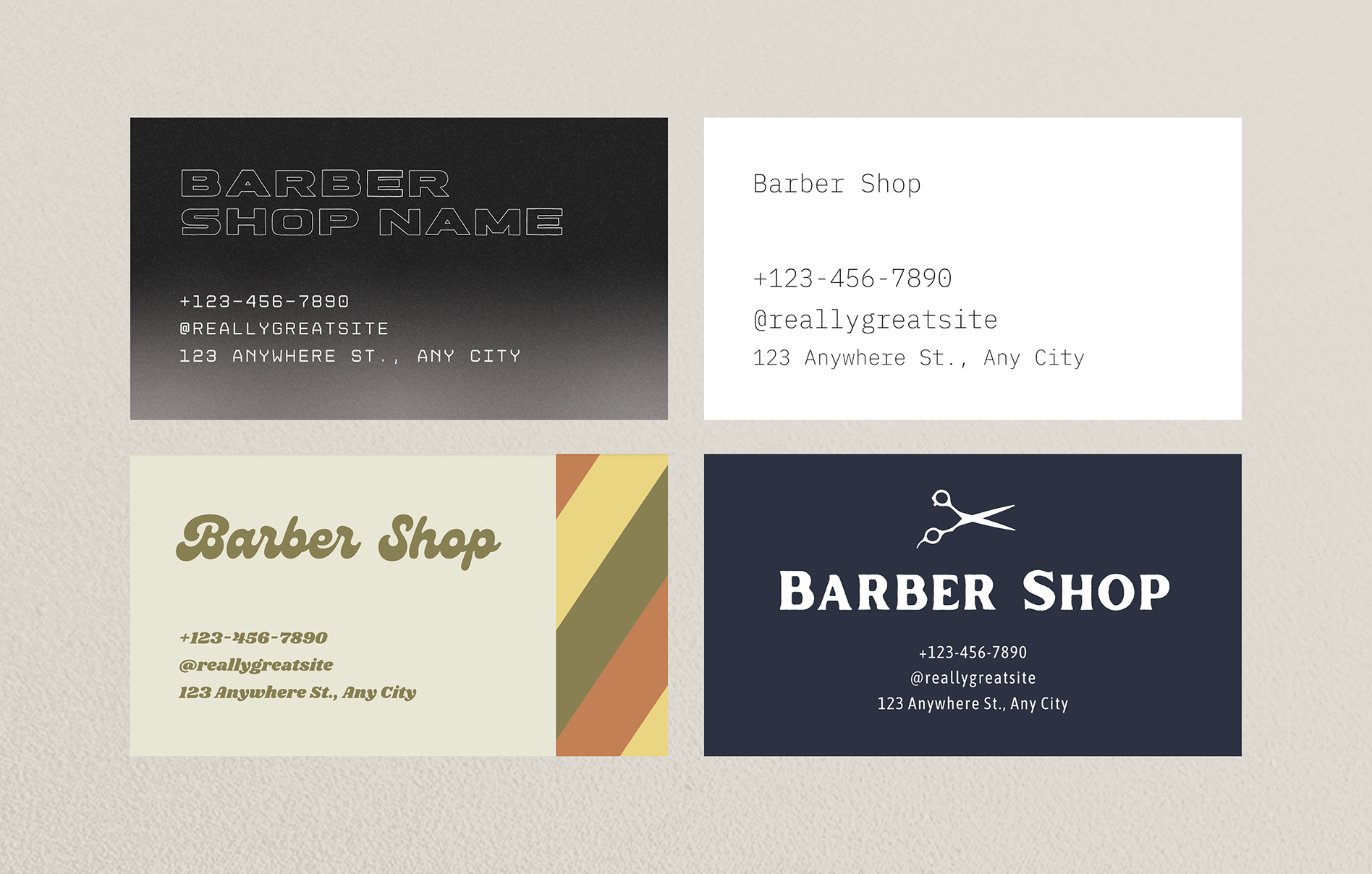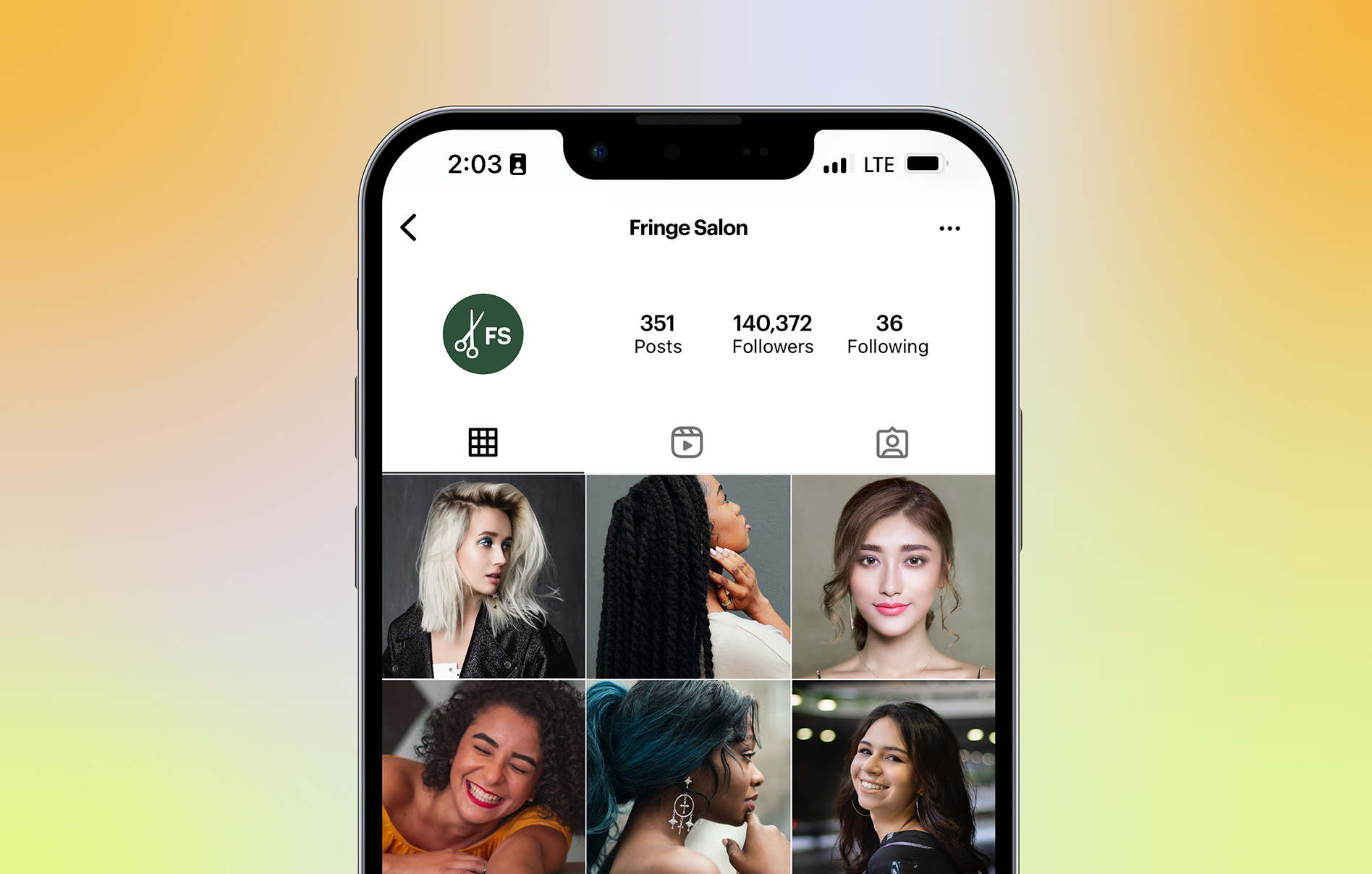If you’re kickstarting your entrepreneurial side and renting a booth in a salon, it’s a good idea to know everything that goes into a booth rental agreement.
Booth rental agreements (or booth renting contracts) are an important document between stylists and business owners.
While you have more freedom and more revenue working as an independent stylist out of your own booth or salon space, there are still terms and conditions you have to follow — which is where a booth rental agreement comes in.
In this blog, we’ll help you understand everything that goes into salon booth rental agreements, and show you exactly what to look for in a typical contract before you sign.
Got specific questions? Feel free to jump ahead. 👇
- What is a salon booth rental agreement?
- Why are salon booth rental contracts important?
- What should I expect to see in a salon booth rental contract?
Everything You Need to Know About Salon Booth Rental Agreements
Before we get into the details of booth rental agreements, let’s first answer some basic questions…
What Is a Salon Booth Rental Agreement?
A booth rental agreement is a contract between the owner of a business (the salon owner) and an individual (such as a hair stylist or nail tech) who will be renting the booth to run their business.
The agreement will cover all the details of the arrangement, like a landlord/tenant arrangement, outlining important items such as the length of the lease and the cost.
Why Are Salon Booth Rental Contracts Important?
There are a handful of reasons why booth rental contracts are important for both the stylist and the salon owner.
But essentially, you want a contract in place as a way to legally protect both parties involved in the event of a dispute or future misunderstanding.
Benefits of a Salon Booth Rental Agreement:
- Help prevent any misunderstandings or disputes
- Define the terms of the arrangement
- Protect both parties in the event of an accident
- Lay out what to expect on a day-to-day basis

What Kind of Money-Maker Are You?
Let’s talk money, honey! Spend it, save it, hustle for it.
Take the QuizWhat Details to Expect in Your Salon Booth Renting Contract
The Parties Involved (i.e. The Stylist and Business Owner)
A salon booth contract should start by clearly identifying the parties involved – the salon owner/management and the stylist.
This will include legal names, contact information, and any business registration details.
This section also establishes a formal relationship and helps avoid any confusion about the parties entering into the agreement.
Dates and Terms of the Booth Rental Agreement
This section specifies the start date of the booth rental agreement and outlines the duration or term of the contract.
Whether it’s a fixed term or a month-to-month arrangement, stating a clear timeline ensures that both parties are on the same page regarding the commitment.
Booth Rental Description and Amenities
A detailed description of the designated booth or space being rented is an important piece of a booth rental agreement, including any amenities or equipment provided by the salon.
This ensures that both parties have a clear understanding of the physical space and resources available.
Booth Rental Payments and Fees
An outline of the rental payment terms is critical, including the amount, due date, and acceptable payment methods.
This is also a great place to address any additional fees or charges, such as late payment fees or penalties for breach of contract.
Responsibilities for Utilities and Supplies
Salon booth agreements need to lay out who is responsible for utilities, such as water, electricity, and internet, as well as the provision of supplies.
This section ensures that both the salon owner and the stylist are aware of their respective obligations, preventing misunderstandings and potential conflicts.
Salon Rules and Policies
This may include guidelines on client appointments, use of shared spaces, and adherence to the salon’s code of conduct.
Keep in mind: Some salons may have a preferred online booking app for you to use, so that’s something to ask about before signing the agreement, too.
💡Pro Tip: If you’re curious how other stylists are keeping their client lists and payments separate from other stylists, be sure to check out Schedulicity’s Linked Accounts feature. It’s great for independent stylists who want full control of their own online scheduling account, while also providing a way to link up to the other booth or suite renters in a shared salon.
Insurance and Liability
Clearly define the insurance requirements for both the salon owner and the stylist.
Specify the type and amount of insurance coverage each party must maintain. This protects both parties in the event of accidents, damages, or any unforeseen incidents.
Termination and Renewal
This section will include the conditions under which either party can terminate the contract, including any notice periods required.
If there’s an option for renewal, you might see details on the process and conditions for extending the booth rental agreement.
Non-Compete and Confidentiality Clauses
These clauses are a big piece of salon booth rental agreements.
That’s because non-compete and confidentiality clauses can protect the salon’s business interests and prevent the stylist from working in direct competition or disclosing sensitive information after the contract ends.
Dispute Resolution Plan
Lastly, a good booth rental contract will include a section that outlines the process for resolving disputes between the salon owner and the stylist.
This could involve mediation or arbitration — whichever method both parties agree to.
A clear dispute resolution plan helps avoid potential costly legal battles and encourages both the stylist and the salon owner to work together to settle any disputes.
Are you an independent hair stylist or nail tech on the hunt for an online scheduling app? Schedulicity has you covered!
With appointment scheduling, marketing tools, and payment processing, you have everything you need to run your business — all in one place!





